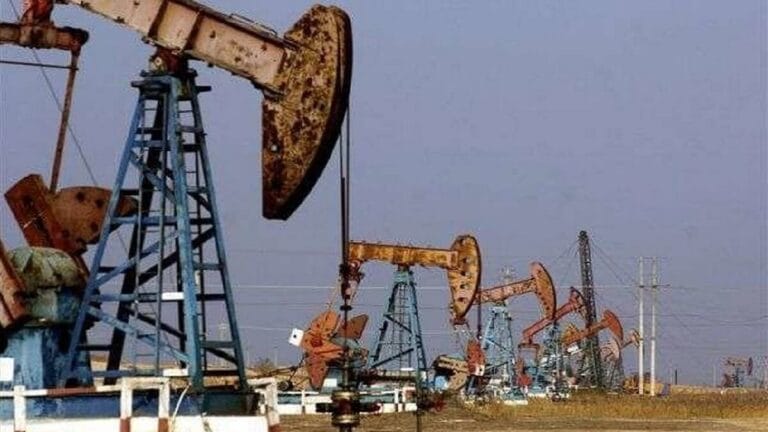Predator Oil & Gas (PRD), a company specialized in hydrocarbon exploration, has begun civil engineering work at the MOU-5 site, located in the Guercif region in northeastern Morocco. This preparation phase includes improving access roads and developing the drilling platform, in anticipation of starting operations scheduled for the end of February.
The drilling of the MOU-5 well targets a structure named *Titanosaurus*, which the company considers a major strategic asset for diversifying its asset portfolio. This project benefits from a favorable location, close to existing gas infrastructure and within an attractive fiscal framework.
According to Paul Griffiths, CEO of Predator Oil & Gas, this new drilling campaign is fully funded and adheres to budget forecasts. He also emphasizes that “the current macroeconomic and geopolitical conditions are particularly favorable to our gas development strategy. We are ready to capitalize on this exceptional opportunity.”
**A project in line with Morocco’s energy ambitions**
Scheduled to start on February 25, the drilling of MOU-5 represents a centerpiece of Predator’s portfolio, especially as recent estimates indicate recoverable gas resources of 5.912 trillion cubic feet (TCF) in the P50 scenario.
In parallel, research conducted in September 2024 by Scorpion Geoscience revealed significant helium potential in the Guercif license. Estimated resources range between 104.31 billion cubic feet (BCF) in the P50 scenario and 598.88 BCF in the P10 scenario, further enhancing the appeal of this area.
The Guercif license is 75% owned by Predator Oil & Gas, which is the main operator, and 25% by the National Office of Hydrocarbons and Mines (ONHYM), a Moroccan public entity. This permit, lasting eight years, covers a historically underexplored area where only a few deep wells were drilled between 1972 and 1986 by Elf, Phillips, and ONAREP (the predecessor of ONHYM).
**An energy potential for Morocco and Europe**
The Moulouya (MOU) structure relies on a low-risk gas system, offering quality reservoirs at depths ranging from 600 to 1,500 meters. Its proximity to the Maghreb-Europe gas pipeline, located just nine kilometers away, provides an advantage in terms of transport capacity for both domestic needs and export to Europe.
The shallow depth of the wells and the expected good quality of the gas help control investment costs. This project is set against a backdrop where natural gas is considered a key transitional energy, contributing to reducing CO2 emissions compared to traditional fossil fuels.
As Europe faces a decline in its gas reserves and geopolitical uncertainties, the development of local resources in Morocco could enhance regional energy security and position the country as a strategic supplier for the European market.


